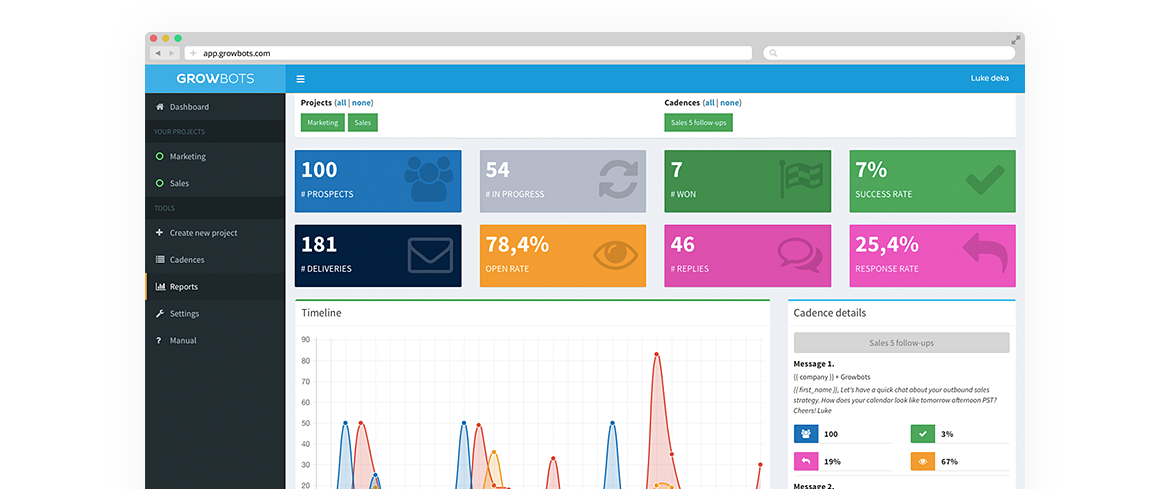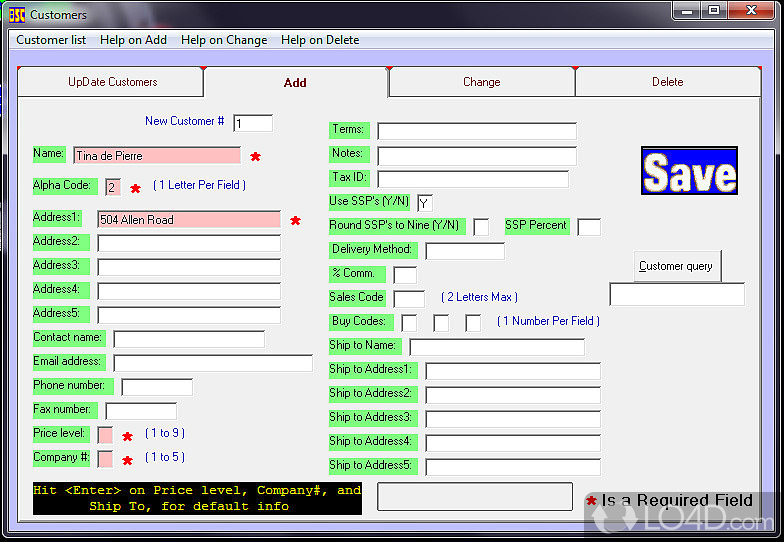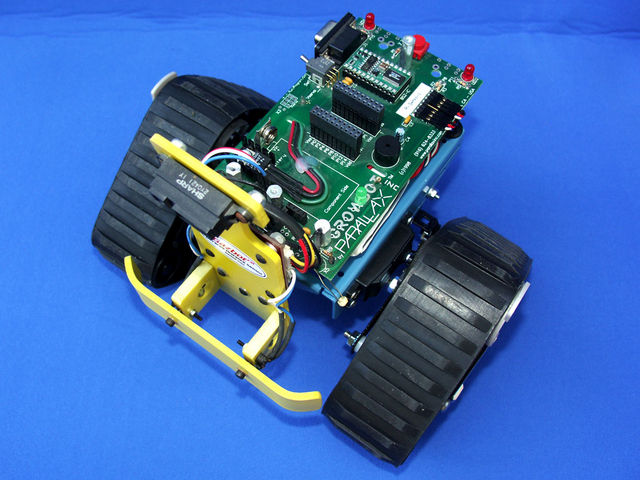
Q: Why does the LED turn off when the frequency of the signal applied on its cathode is too high? Therefore it is very unlikely we find a method to go faster than the 2.555 MHz measured. At 16MHz, it takes 62.5 ns to execute an instruction. Note that the rising time from LOW to HIGH is close to 100ns. | digitalWrite | SET/CLR | forįrequency | 63.44kHz | 1 MHz | 2.555 MHz | 2 MHz
PARALLAX GROWBOT SOFTWARE CODE
the for( ) loop in the C code #define CLR(x,y) (x&=(~(1<

The content of the main function is *equivalent* to the following: #include The change in the duty cycle is due to the execution of the main function that wrap our code and that is included just-in-time before compilation. There is no check whatsoever on the configured state of the pin. With this method we write directly in the output register. The Arduino functions do a lot of error checking to make sure the pin is configured right and has to map Arduino numbering to actual I/O ports. The Arduino reference claims that the digitalWrite command is not the most efficient. Pin 13 has an LED connected on most Arduino boards:ĭigitalWrite(13, HIGH) // set the LED onĭigitalWrite(13, LOW) // set the LED off initialize the digital pin as an output. The first method is to modify the Blink basic example and measure the Digital I/O frequency. But what is the fastest way to change the Arduino digital I/Os? Method 1: digitalWrite It is so for compatibility with older shields. Sample programs are almost non-existent.įor those reasons, the Beaglebone is better used by people who have more experience with Linux-based embedded systems.Īlthough the Arduino microcontroller can be clocked at 20MHz, the on-board oscillator is set at 16 MHz.
PARALLAX GROWBOT SOFTWARE SOFTWARE

An additional shield is required to add the same functionalities on the Arduino 2 USB ports, Ethernet, SD card support on base board.

Support Capes, or Shields in Arduino parlance, that is extension modulesīut it differs from the Arduino in the following ways:.
PARALLAX GROWBOT SOFTWARE SERIAL


 0 kommentar(er)
0 kommentar(er)
